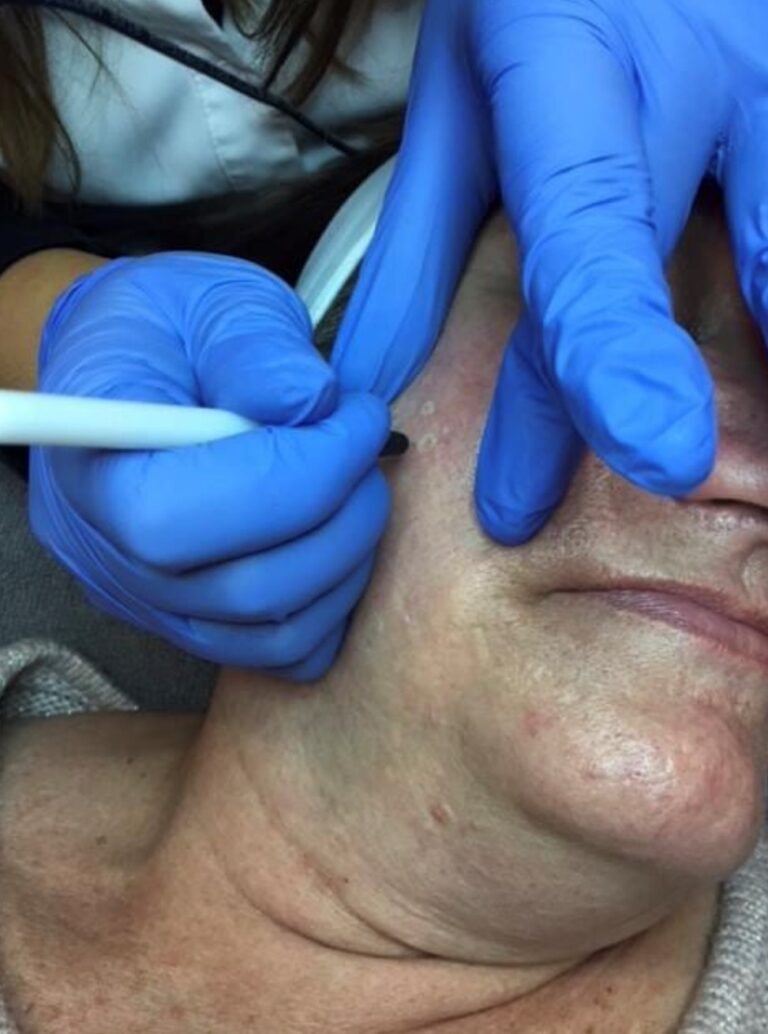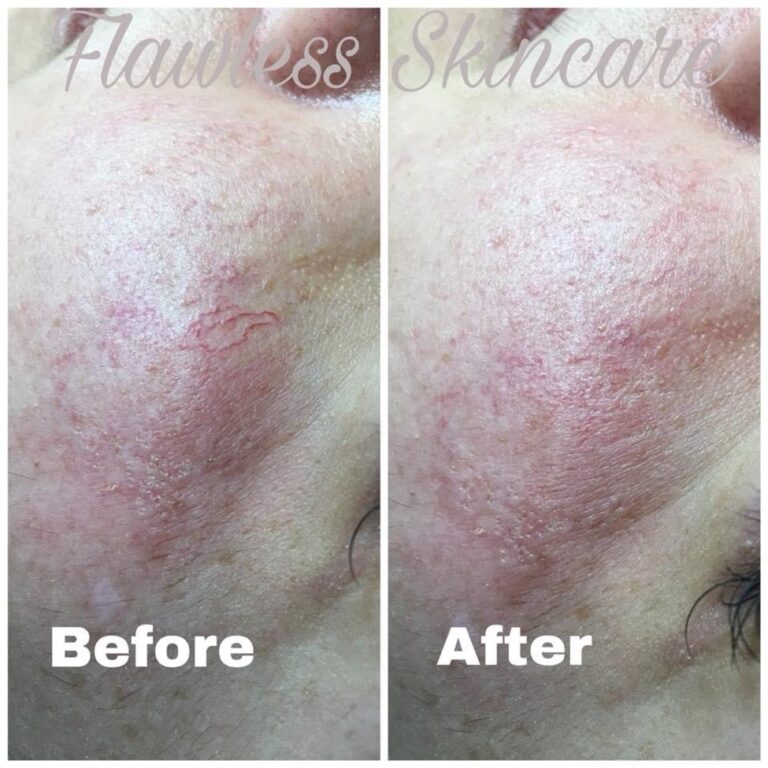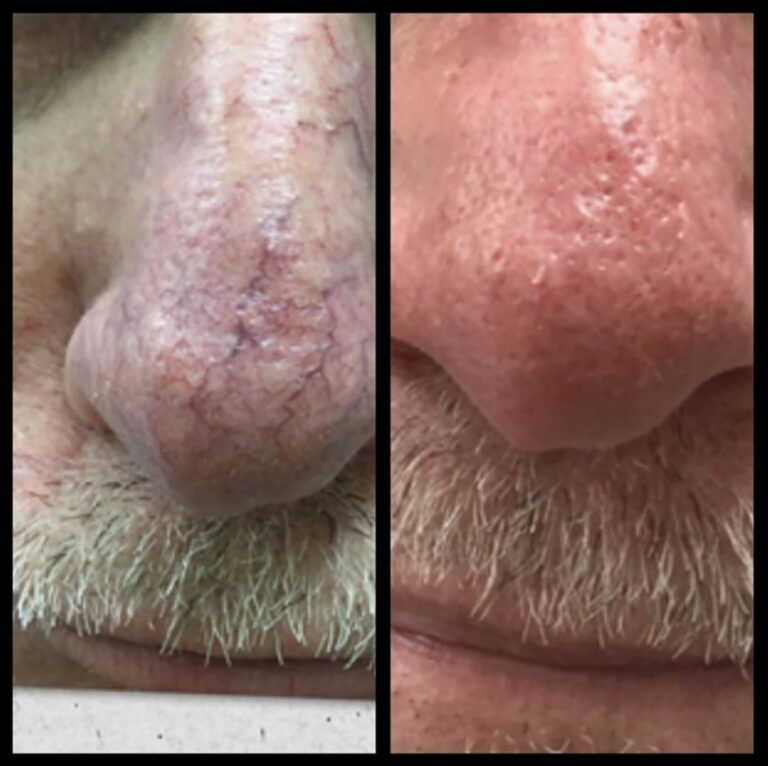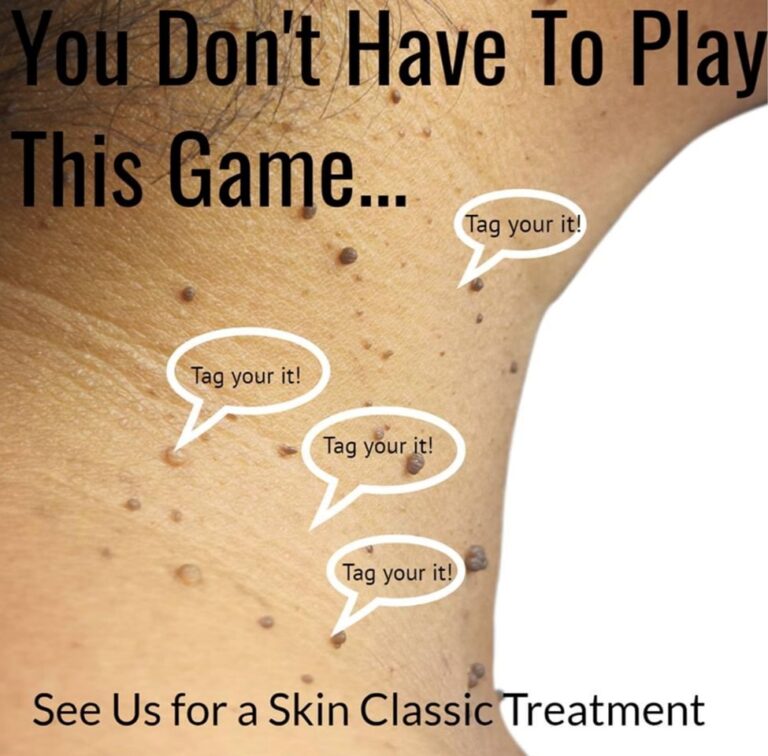Understanding Skin Tag Removal Procedures: What to Expect

Consultation and Assessment
Skin tag removal services in Katy include thorough consultations provided by clinics such as Anita’s Skincare Clinic. In this first consultation, the practitioner will:
- Examine the skin tags and surroundings.
- Talk about your health history and any worries.
- Take pictures to compare the before and after.
- Perform patch tests to determine whether you are a good fit for the treatment.
- Describe the process, any possible hazards, and the necessary aftercare.
To create a customized treatment plan and guarantee your safety at every stage, this consultation is essential.

Treatment Options
A variety of techniques can be used to remove skin tags. The approach you choose will depend on several things, including your personal preferences and the size and location of the skin tag. Common removal methods techniques are:
- Cryotherapy (freezing)
- Electrocautery (burning with an electric current)
- Excision (cutting off with surgical scissors)
- Ligation (tying off the base to cut off blood supply)
Modern technology like the Skin Classic device, which provides a non-laser alternative for removing skin tags and other skin imperfections is also used in many clinics.

The Procedure
- After cleaning the region, a local anesthetic could be used if needed.
- The selected removal technique will be used. Usually, this is done quickly—a few minutes are needed for each skin tag.
- For procedures such as electrocautery, you may experience a little burning or tingling feeling.
- It is frequently possible to cure several skin tags in one session.
- The professional will provide you with guidelines for immediate aftercare.
Since most skin tag removal procedures are outpatient, you can return to your home right away following treatment.

Aftercare and Healing
Following skin tag removal, proper aftercare is crucial for the best possible recovery.
- Keep the treated area dry and clean.
- Use antibiotic cream as advised.
- Refrain from picking or scraping the region that has been treated.
- Keep the region protected from the sun.
- Avoid strenuous exercise for a few days following treatment.
The size of the skin tag and the technique of removal affect the healing period. Larger regions may take two to six months to fully heal, whereas smaller areas may heal in two to four weeks.
Results and Follow-up
The treated region can first appear a little red or scabbed, but these symptoms will go away as the area heals. Skin tags typically do not grow again in the same location following removal. Over time, though, new skin tags could develop in different places.
To assess the status of the healing process and address any issues, a follow-up visit needs to be scheduled. Moreover, before and after pictures are provided by certain clinics so you can see how your treatment will look.



